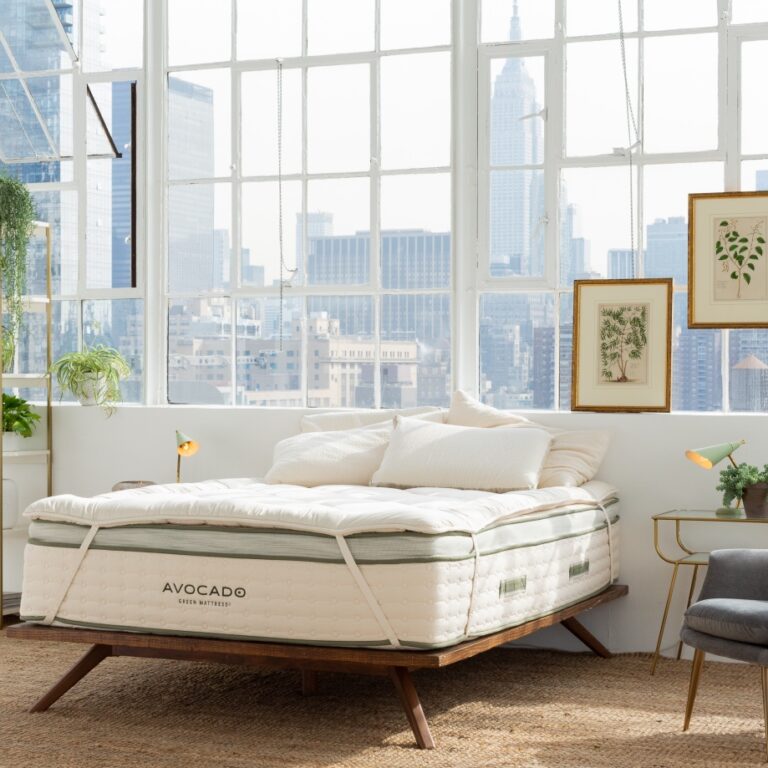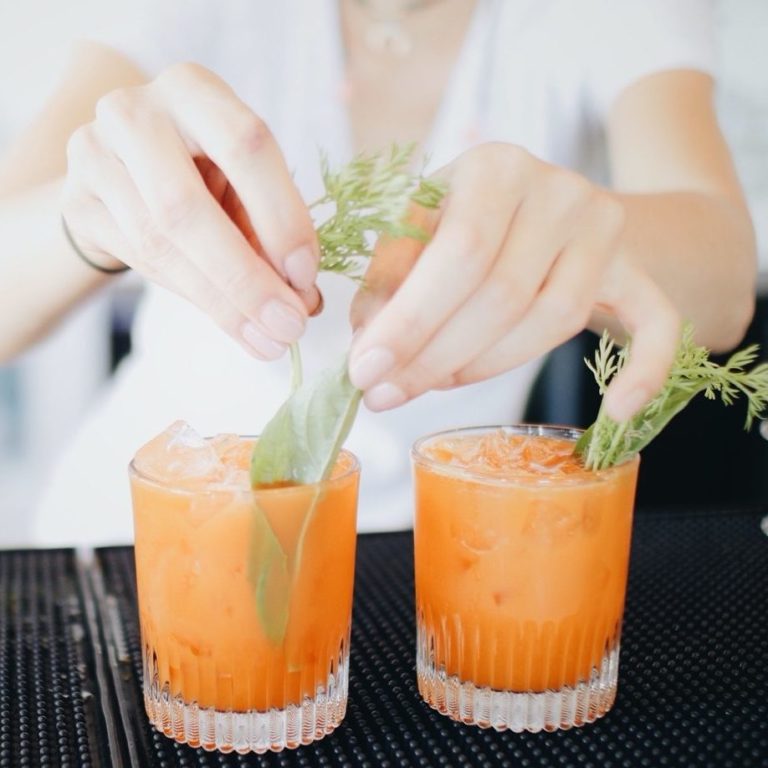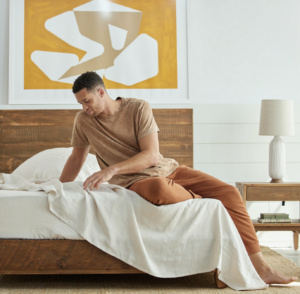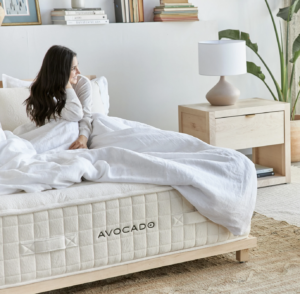Perhaps you’ve stumbled upon photos or videos of charcuterie boards, snack plates, or just a strange combination of pickled veggies, and the person posting it with the label “girl dinner.”
Maybe you’ve heard someone throw out “girl dinner” in place of actual dinner, as well, a dinner option. Or you yourself have indulged in a heavy and intensely satisfying snack plate after a long day of work.
These snack-plate suppers are cute, aesthetic, and easy, but are they harmless? We’ll explore how this viral eating habit intersects with your sleep, and the small yet simple shifts you can make in the kitchen and your bedroom that could end up being the perfect recipe for a great night’s sleep. Shall we?
But First, What is “Girl Dinner?”
Its origin dates back to May of 2023 when TikTok creator, Olivia Maher posted a video with a wine, cheese, olives, and grapes spread, coining it “girl dinner.” Whether it was the economic landscape at the time, the relatability, or the fact that we all just needed something much simpler when it came to the last meal of the day, this term exploded into a cultural moment of snack platters all over the Internet, with the mention of it still gracing feeds today.
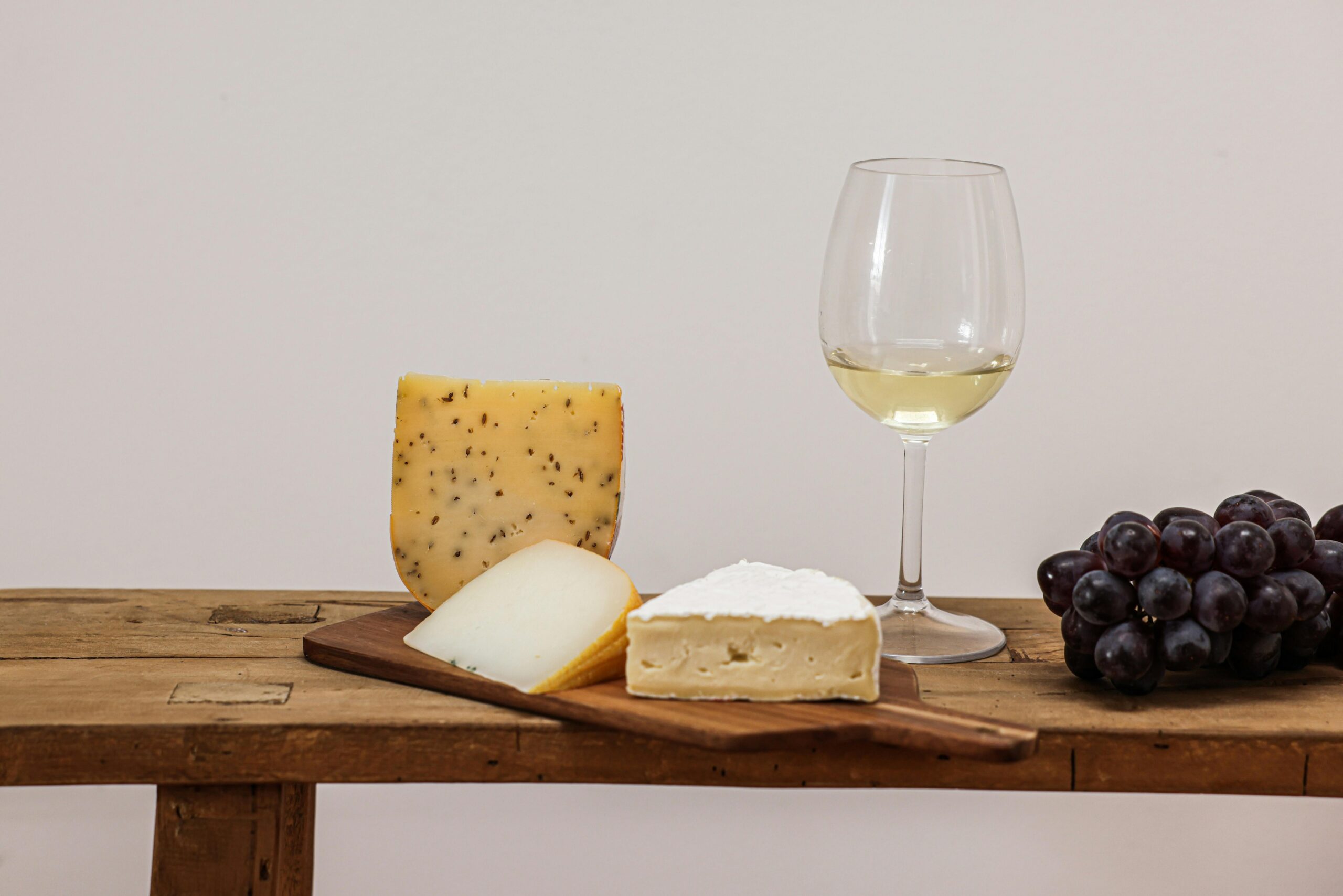
Read More: Want a Good Night’s Sleep? Incorporate These Colors Into Your Bedroom
It’s pretty straightforward, and you may have already been girl-dining well before it became a label..
- It’s simple, convenient, and there’s no cooking (or cleanup) needed.
- Think: snack-styles of all kinds, like pickles, carrots, chips, cheese, deli meats, and the list goes on. Basically, whatever you can quickly grab out of your pantry or fridge!
It’s easy, it’s fun. And there’s something comforting about it, too. Does it remind us of the snack plates our parents used to make us when we had friends over for after-school hangs? Perhaps. But nostalgic or not, let’s see what its effects can have on our body-mind system.
How Viral Food Habits Intersect With Sleep Hygiene
One look at the #girldinner on social media and it’s very clear there’s a spectrum of snack combos from chips and candy, to carrots, rolled up turkey slices, and hard-boiled eggs. Eating out of your natural eating times, aka, too close to bed, is one thing, but not meeting your nutrient needs is another. And when both are combined, this can create a recipe for poor sleep. Let’s explore how.
Digestion discomfort: Eating right before bed can cause indigestion or acid reflux, especially with high-fat, spicy, or acidic foods. Sorry, no more pickled snacks. Plus, lying down too soon after eating makes it easier for stomach acid to flow back into the esophagus, which can cause discomfort and wakefulness.
Disrupt your circadian rhythm: For starters, eating at odd times of the day, whether too early or too late, or even too little food, can throw your circadian rhythm out of whack. According to the Sleep Foundation, even eating within one to two hours of heading to sleep may lead to less restful sleep.
Blood sugar spikes: Digestion is an active process. Eating too late, especially a meal that takes longer to digest, or is a big, carb-heavy one, can cause a blood sugar spike as your body has to work harder to bring things back down. That extra work can mean restless sleep, indigestion, or waking up feeling less than refreshed.
Poor sleep quality: Heavy meals (especially those high in carbohydrates or protein-rich meals) close to bedtime can also raise your core body temperature, which works against the natural temperature drop your body needs to fall asleep. This can make it take longer to drift off and reduce the time actually spent in restorative deep sleep.
The key is balanced meals (carbs + protein + fiber + fat) at the right time of day, which supports not just your energy levels, but also melatonin production.
But, alas, we’re all human, and when you’ve got a craving, it’s not the end of the world to give in to girl dinner every now and then. As registered dietitian, Julia Zumpano, RD, LD from the Cleveland Clinic, says, “It’s harmless if it happens maybe once a month…But if it’s a more regular thing, then that’s where it can become an issue.”
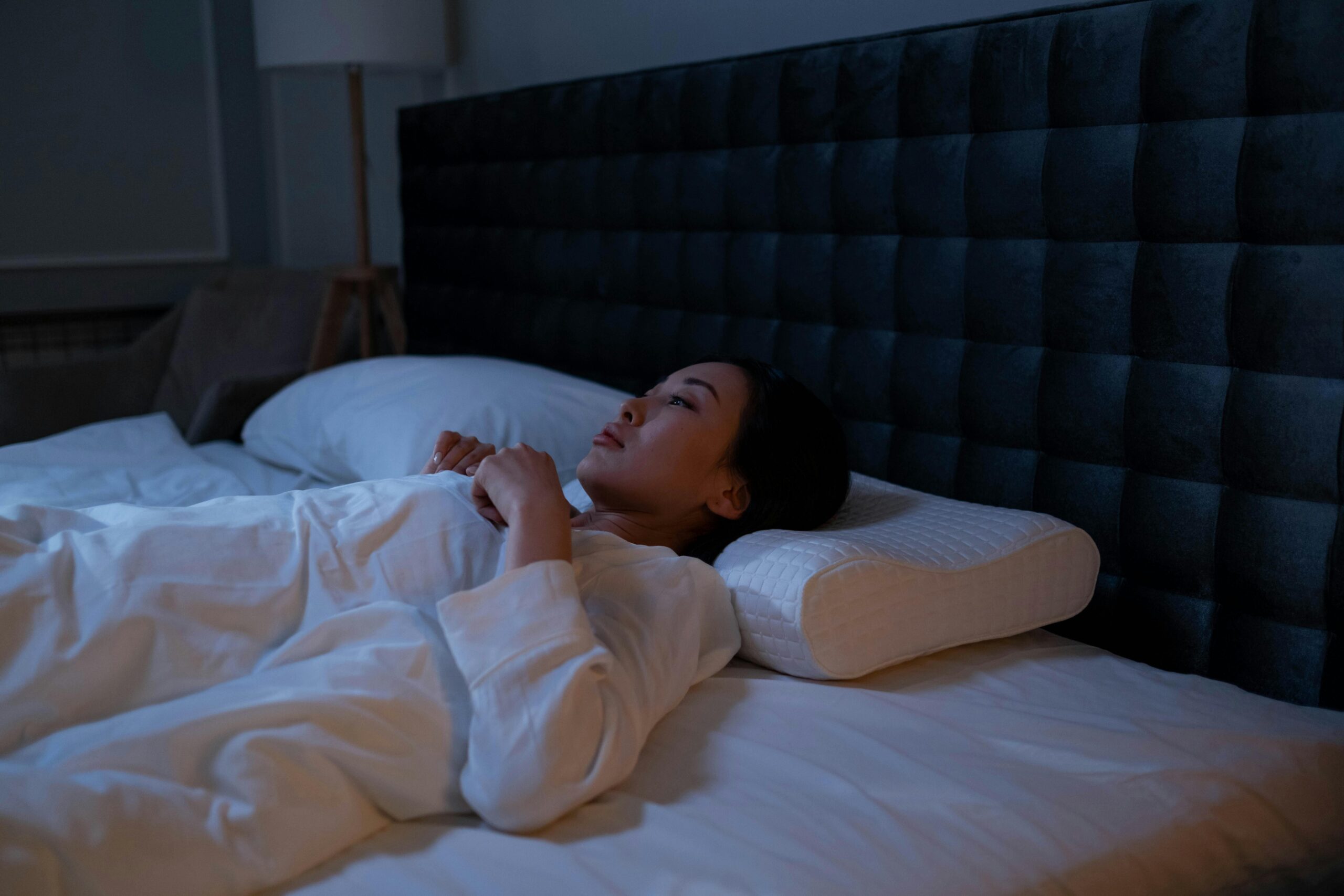
Read More: How Food and Alcohol Affect Sleep
Make “Girl Dinner” Work For You
I get it. We can all feel noshy every now and then, and that’s okay. Listen to what your body needs, and as we learned above, there’s no harm in indulging in girl dinner every once in a while. Here are a few reminders on how to make girl dinner work for you (and a solid night’s sleep), and not the other way around.
For starters, build a steadier plate: Try to include slow carbs, lean protein, healthy fats, and fiber, and avoid highly processed carbs and sugar. As Katy Zanville, MS, RDN, an intuitive eating counselor, says, “If you are going to make a girl dinner, it should include the same components that a traditional hot meal should consist of, which are carbohydrates, fats, lean protein, and fiber.” Some good examples of more balanced girl dinners can look like:
- Nuts, sliced turkey breast, cherry tomatoes, and olive oil drizzle.
- Tinned fish, boiled eggs, cucumbers, edamame, and avocado slices.
- Non-fat cottage cheese, blueberries, apple slices, and almond butter.
Time it right: Try to finish your girl dinner (or regular dinner, for that matter) at least 2–4 hours before bed. Eating too close to bedtime can raise your core temperature, disrupt digestion, and make it hard to fall asleep or even stay asleep.
Still hungry, and it’s getting late?: We’ve all been there. If you need a late snack, keep it small and protein-forward, like Greek yogurt with nuts, a banana, or warm milk with cinnamon. Dairy contains tryptophan, an amino acid that can help support relaxation and sleepiness (Johns Hopkins Medicine). Whereas bananas are rich in magnesium and have been found to increase melatonin production.
Read More: The Magnesium-Rich Foods That Help You Sleep
Pair Food Comfort With Physical Comfort
Choosing the right foods at the right time can set the stage internally, but your environment plays a starring role in your sleep hygiene, too. Here’s how to complete the recipe for a great night’s sleep:
- Try to avoid artificial blue light from your smartphone or tablet too close to bedtime, as it can reduce the production of melatonin. Bonus? Add blackout curtains to your room to block out any distracting light. Not only can they help insulate your room better, but they also reduce noise and boost your design aesthetic, a win-win-win.
- Add sensory cues that signal rest, like calming scents such as lavender or eucalyptus, to your bedtime routine.
- Dial down the temperature of your room. The sweet spot is between 62 to 68 degrees Fahrenheit.
- Choose breathable, natural bedding, like organic cotton sheets or a natural linen duvet cover that maintains comfort and temperature regulation throughout the night.
- And if you’re feeling ready to really optimize your sleep, consider incorporating more natural elements into your space by way of biophilic design, essentially bringing the outside in. Opting for more natural materials, plants, and nature-inspired colors can help to create a sensory sanctuary signaling to your body that it’s time to relax, leading to more restful sleep.
By pairing a thoughtfully balanced evening snack with a sensory-friendly sleep environment, you’re telling your body both internally and externally that it’s time to unwind. Feeling grounded and peaceful in your skin and in your bed? Now, that’s what I call real comfort.
To Girl Dinner or Not to Girl Dinner
A girl dinner here and there isn’t going to ruin your sleep. But making it your nightly go-to in place of dinner can throw your body’s rhythms off balance. With a little planning, you can indulge in the charm of a snack-style supper while giving your body what it needs to rest well. Because the best night of sleep starts long before your head hits the pillow.
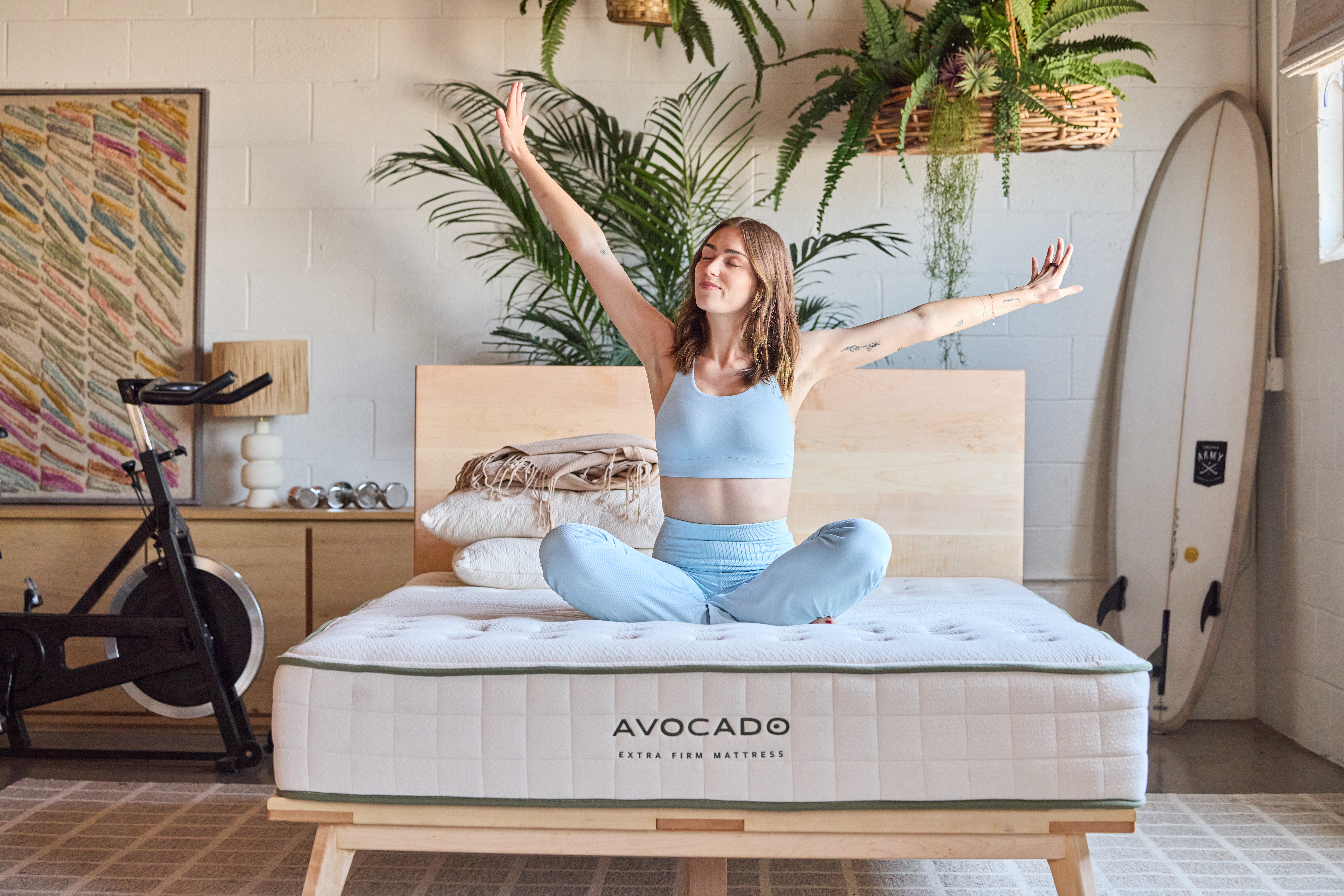
Read more: Why Natural Materials Sleep Better Than Synthetics
Have feedback on our story? Email [email protected] to let us know what you think!
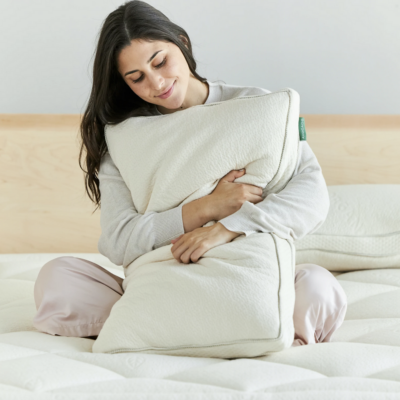
Shop Pillows
The Essential Organic Pillow Collection
Gentle, breathable, non-toxic support.


